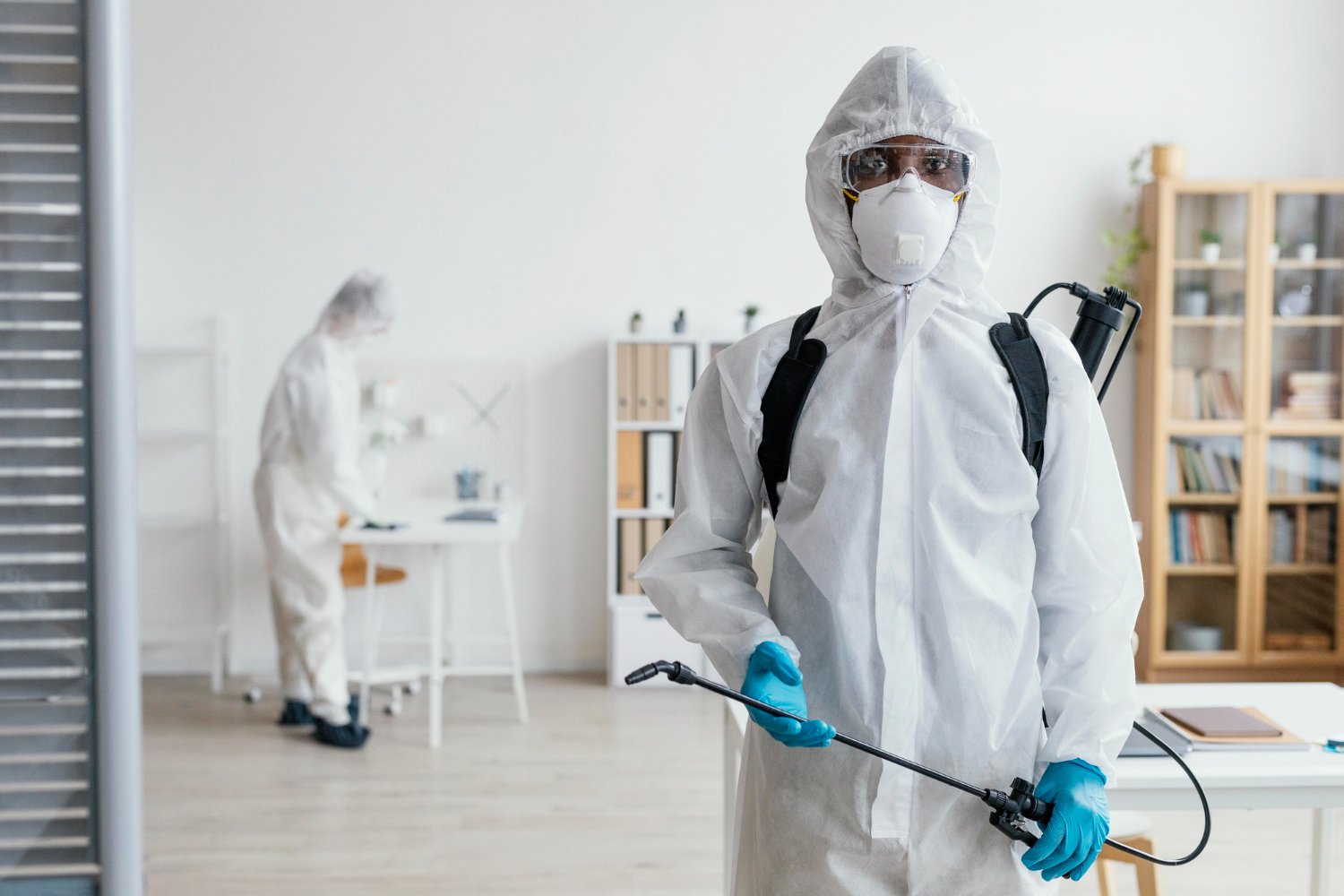Reliable A1 Bed Bug Exterminator Charlotte - Get Rid of Bed Bugs Fast
Reliable A1 Bed Bug Exterminator Charlotte - Get Rid of Bed Bugs Fast
Blog Article
Bed Pest Treatment Breakdown: Contrasting Chemical Vs. Non-Chemical Solutions
In the world of parasite control, specifically when taking care of the relentless problem of bed insects, the selection in between chemical and non-chemical treatment solutions can be a crucial one. Both strategies offer unique advantages and drawbacks, affecting variables such as efficiency, safety and security considerations, and overall price. By examining the nuanced details of each approach, a more clear understanding of which path to go after in resolving a bed bug problem can be attained.
Performance of Chemical Therapies
Chemical treatments for bed pest problems have been commonly acknowledged for their powerful and quick effectiveness in getting rid of these parasites. When taking into consideration the efficiency of chemical therapies, it is vital to recognize that they can supply a quick and complete remedy to a bed pest problem.
In addition, chemical treatments have the advantage of using residual impacts, implying that they can proceed to eliminate bed pests even after the initial application. This residual activity is particularly useful in combating any prospective re-infestations. Furthermore, the rapid activity of chemical treatments can bring alleviation to people dealing with serious bed insect invasions, enabling them to reclaim control of their living rooms swiftly.
Security Worry About Chemical Solutions
One critical facet that needs cautious consideration when utilizing chemical services for bed insect treatment is ensuring the security of occupants and the environment. Direct exposure to certain chemicals utilized in bed bug treatments can lead to respiratory system problems, skin irritation, or various other adverse reactions, specifically in individuals with pre-existing conditions or level of sensitivities.
Furthermore, the environmental impact of chemical solutions is an additional substantial consideration. Some pesticides used in bed pest treatments might be dangerous to valuable insects, wildlife, and ecosystems if they seep right into the dirt or water systems. It is necessary to use chemical therapies deliberately, following safety guidelines, and thinking about less harmful options to mitigate these dangers and make sure the reliable and safe administration of bed bug infestations.
Benefits of Non-Chemical Techniques
Thinking about the prospective security problems and environmental influence related to chemical solutions for bed pest treatment, exploring non-chemical techniques presents an appealing option with numerous unique benefits. Non-chemical approaches use a much safer choice for households, particularly those with kids, pets, or people conscious severe chemicals. These strategies remove the threats of exposure to hazardous materials, decreasing the capacity for adverse health impacts. Furthermore, non-chemical therapies are eco friendly, as they do not contribute to air or water contamination, making them a lasting choice for pest control.
Furthermore, non-chemical remedies can be efficient in targeting bed insects, including hard-to-reach locations where chemical treatments may not penetrate. Approaches such as heat treatment, vacuuming, steam cleansing, and cushion coverings offer extensive elimination without the usage of hazardous chemicals. Furthermore, non-chemical techniques can be less disruptive, requiring minimal prep work and permitting quicker reentry into dealt with areas. In general, choosing non-chemical bed pest therapy techniques not only prioritizes safety and security and environmental management yet also ensures reliable and comprehensive parasite control.
Limitations of Non-Chemical Treatments

In addition, non-chemical treatments frequently need numerous applications to achieve effective removal. This can be lengthy and might not constantly guarantee full removal of all bed bugs and their eggs, especially in concealed or hard-to-reach places.
In addition, the success of non-chemical therapies greatly relies upon appropriate application and thoroughness, which can be challenging for people without expert expertise. Poor application of non-chemical techniques might result in incomplete removal, resulting in persistent invasions and the requirement for added therapies.
Consequently, while non-chemical therapies have their benefits, it is essential to recognize these restrictions and consider them when figuring out the most efficient technique for handling bed pest problems.
Expense Comparison: Chemical Vs. Non-Chemical Options
Offered the constraints linked with non-chemical treatments, an essential aspect to assess in the context of bed pest administration is the price contrast between chemical and non-chemical alternatives. Chemical treatments usually involve the application of insecticides by specialists, which can vary from $250 to $900 per area, depending on the extent of the invasion and the size of the area to be treated. On the other hand, non-chemical therapies like warm therapy or vapor can be extra expensive, with prices varying from $1,000 to $6,000 for a whole rodent control company home. While the first price of chemical treatments might seem lower, numerous therapies might be called for to completely eradicate the infestation, potentially raising the total cost. On the various other hand, non-chemical options might provide a much more lasting and eco-friendly solution, although they can be cost-prohibitive for some people. Eventually, when considering the cost of bed bug treatment options, it is necessary to weigh the ahead of time expenses versus the performance and long-lasting sustainability of the chosen technique.
Final Thought

Considering the prospective safety worries and environmental effect connected with chemical services for bed pest therapy, checking out non-chemical strategies provides a promising choice with several distinctive benefits.Given the constraints associated with non-chemical therapies, an essential facet to evaluate in the context of look at more info bed insect management is the price contrast between chemical and non-chemical alternatives. In comparison, non-chemical treatments like heat therapy or vapor can be a lot more expensive, with prices varying from $1,000 to $6,000 for an entire home. While the initial price of chemical therapies may seem reduced, several therapies may be required to completely get rid of the infestation, possibly increasing the general price.In verdict, when comparing chemical and non-chemical bed insect treatment alternatives, it is essential to take into consideration efficiency, safety, benefits, limitations, and cost.
Report this page